Communication professor Lien Tran of the Univ. of Miami has developed an offline game for users of the US immigration system — called Toma el Paso, or Make a Move. It uses a familiar board game structure to present the legal system to the youth who are currently proceeding through it. She developed it along with an immigration attorney, Shalyn Fluharty, and is rolling it out in the Immigrant Children’s Affirmative Network in Florida.
The game is specifically geared for youth from Central America who have arrived in the US and ended up in detention. It challenges the players to navigate the legal system in order to get out of detention. Here’s the description from Lien Tran’s site:
Of the 8,000+ children detained within the U.S. each year, many are eligible for legal relief but are not guaranteed legal counsel. Immigration law is one of the most complex legal codes in the U.S., and it’s unjust that a child should have to navigate this labyrinth by himself without legal guidance. Games can make complex legal information accessible to a child so he can make more informed decisions and ask questions specific to his case.
In Toma El Paso (Make aMove in English), a game that teaches youth about the release from detention process, the mechanics provide tacit lessons detained youth do not always learn and yet should apply in real life.
Details on the game: it comes in English & Spanish language, it is comprised of the board game and a card deck, and it takes the players through the 3 possible pathways that a detained immigrant youth may go through to get released from detention: reunification, federal foster care, and voluntary departure. The players have to interact with the same kind of people they will in real life, like lawyers and case managers.
An August 2014 article from the Univ. of Miami also interviewed different stakeholders from the law school and the legal services community about the potential of the game:
Last Monday, Tran visited “His House Children’s Home” in Miami Gardens, where 166 children between 11 and 17 years of age reside, to train 20 resident counselors who work with the minors how to use the game.
“This is a good way to engage kids with complicated information,” said Tran. “You can play with the children at any time.”
Available in English and Spanish, the game was first introduced at the shelter in April as part of the Immigrant Children Affirmative Network (ICAN), a youth program developed by faculty and students in the School of Education and Human Development that has been used for seven years to promote resilience and hope among unaccompanied immigrant minors in South Florida. To date, dozens of the youngsters have played the game.
“Professor Tran has created a remarkable tool to help educate these youth and bring joy to their lives at the same time,” said Etiony Aldarondo, associate dean for research at the school and director of ICAN. “Most of us would be overwhelmed if we had to deal with the complex legal and social challenges faced by unaccompanied immigrant minors in this country. This game turns the stress of figuring out the uncertain pathways that lie ahead for these kids into a fun opportunity to learn.”….
The complexity of the legal process came as a surprise to Eddy, a 22-year-old FIU student who works with the detainees.
“This game helps us be more empathetic to their plight,” Eddy said. “We realize what they have to go through.”
Gina, a Haitian-American counselor who has worked with detainees for many years, said the game simplifies the legal process and can help minors cope with their situation.
“Many of the children are under a lot of stress,” she said. “Many come into this country escorted by strangers, and some are abused by these strangers. It is important for us to be vigilant to their needs and make sure they know that they are in a safe environment.”
You can purchase a copy of the game here at the Game Crafter site.

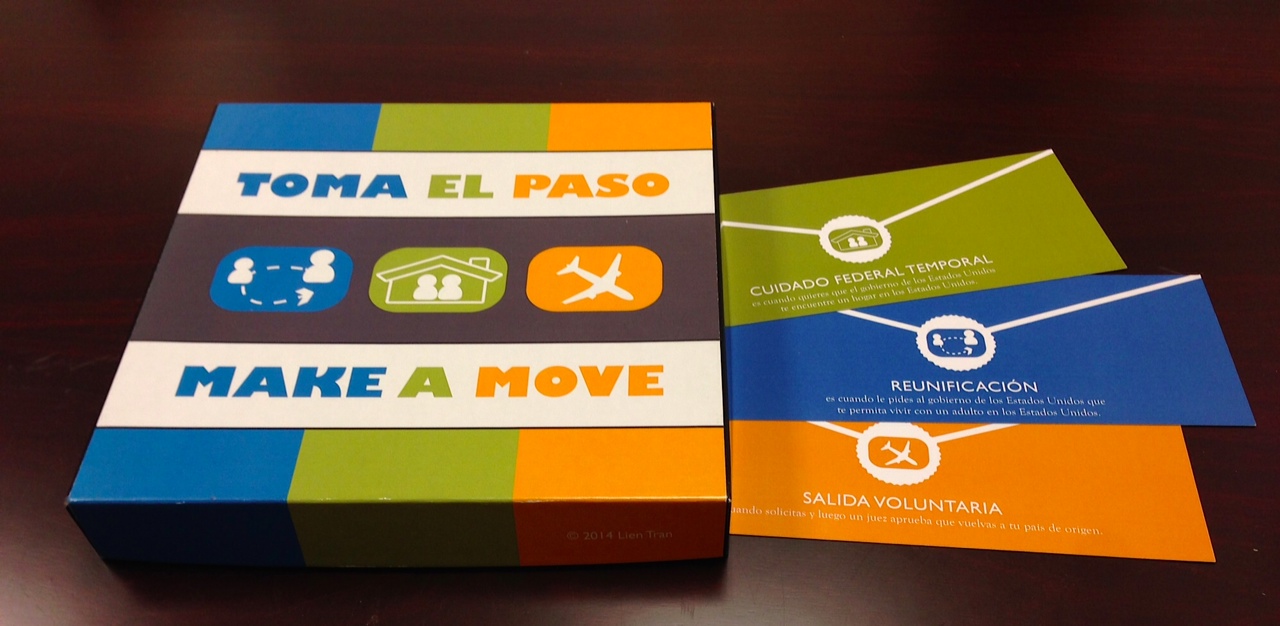
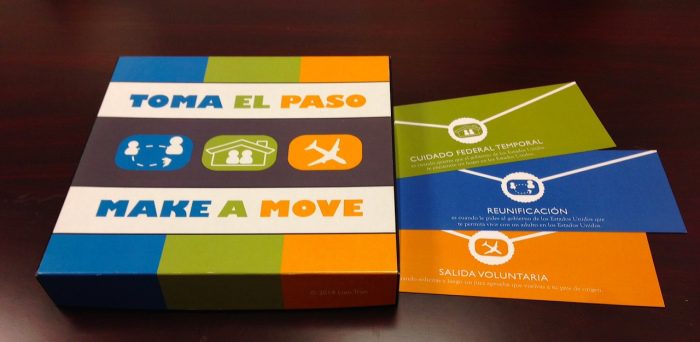
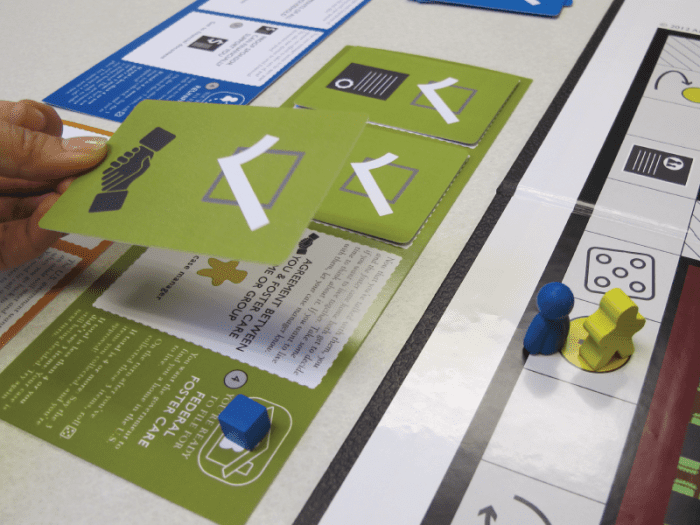
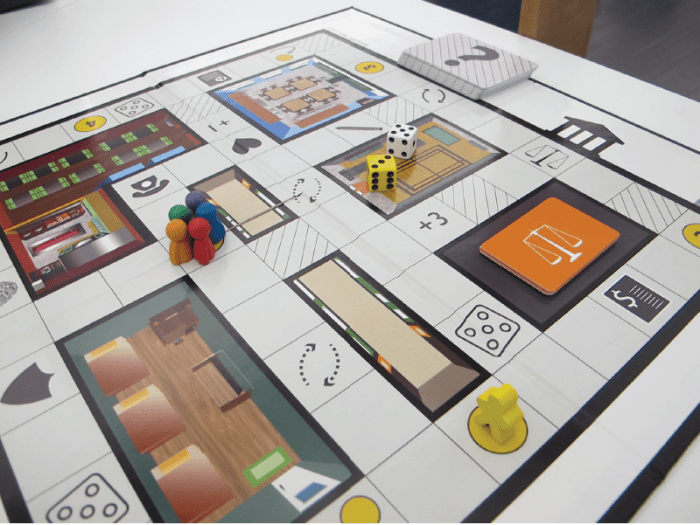
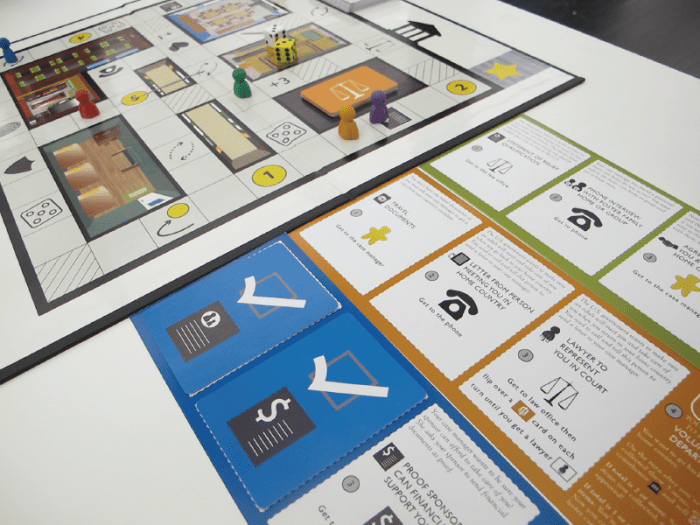
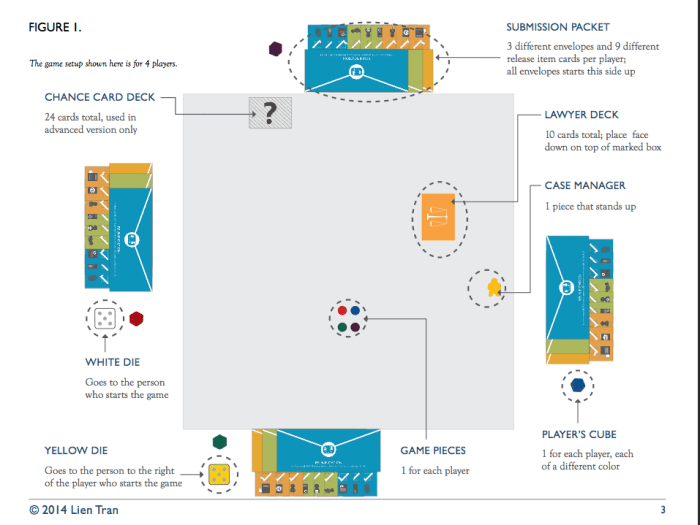
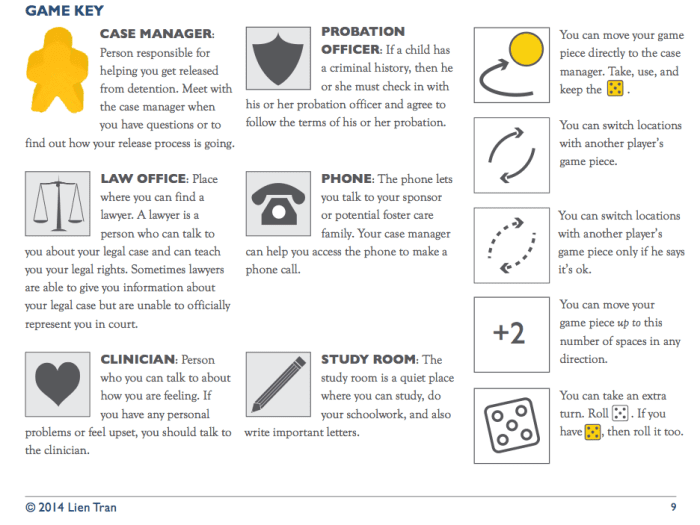
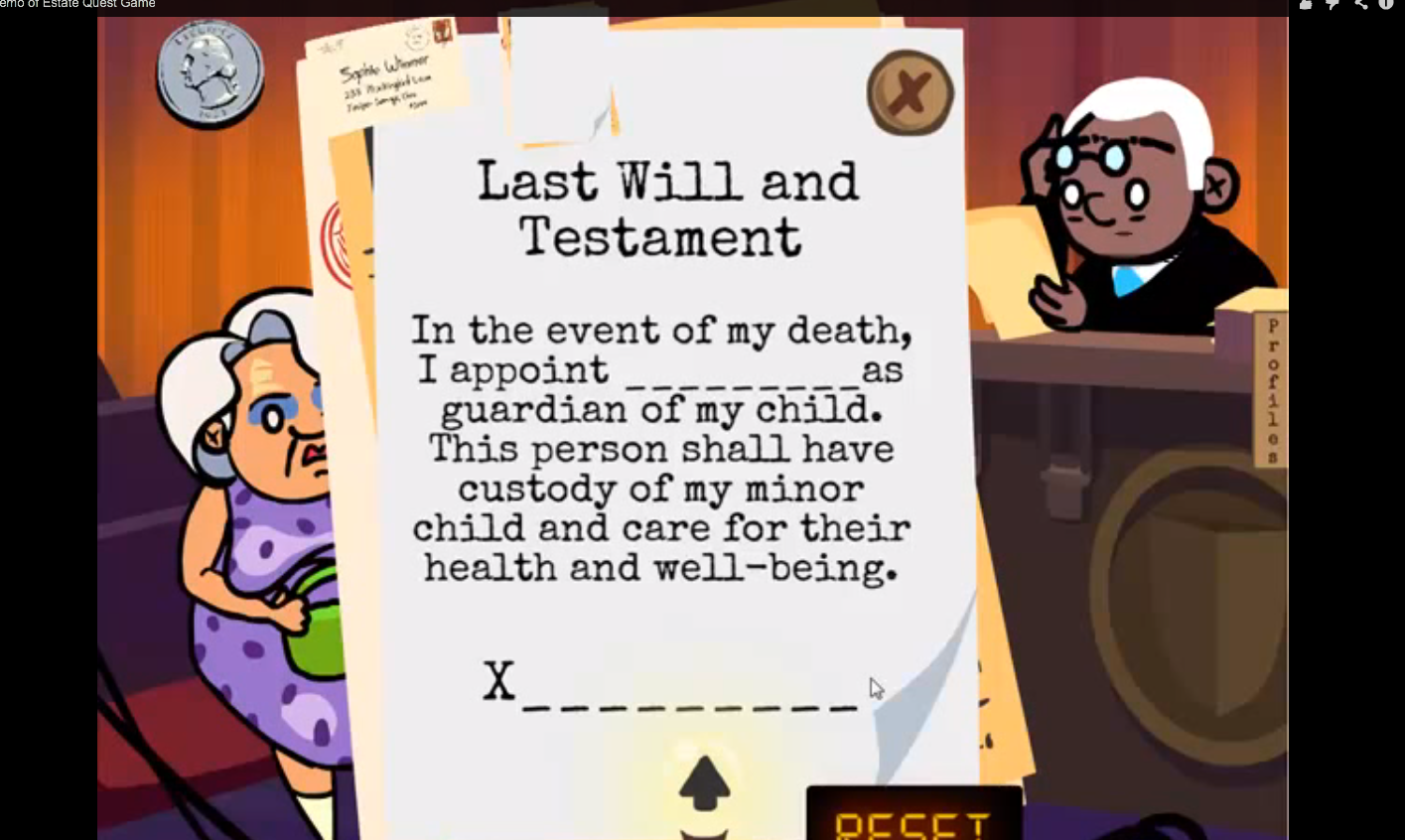
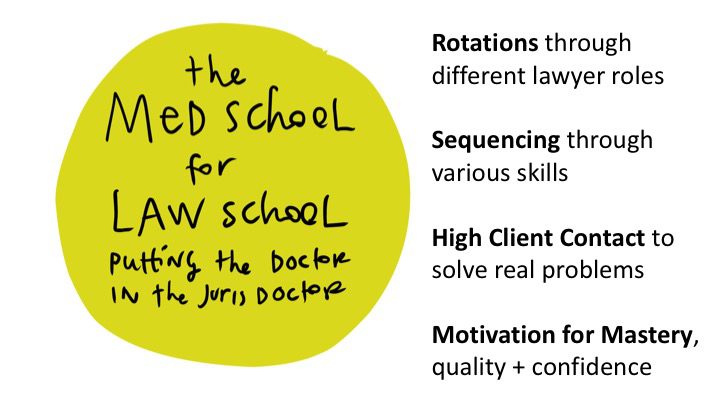
2 Comments
So how did they propose to get to the user? Give the game as a gift to courts? Maybe libraries would be alot more willing to stock them. Additionally free health centers that are focused on families tend to host game for kids to create a kid-friendly environment.
Let me ask the designer on Twitter!